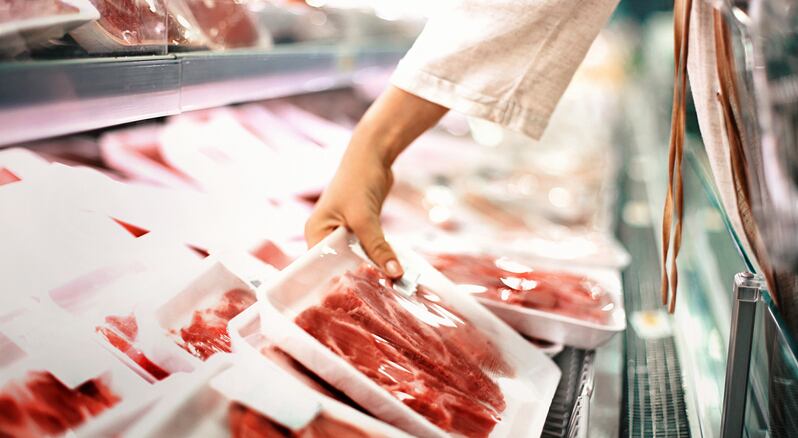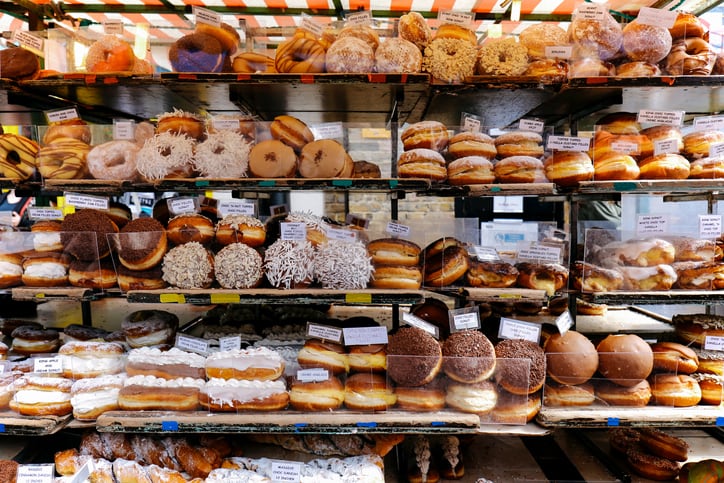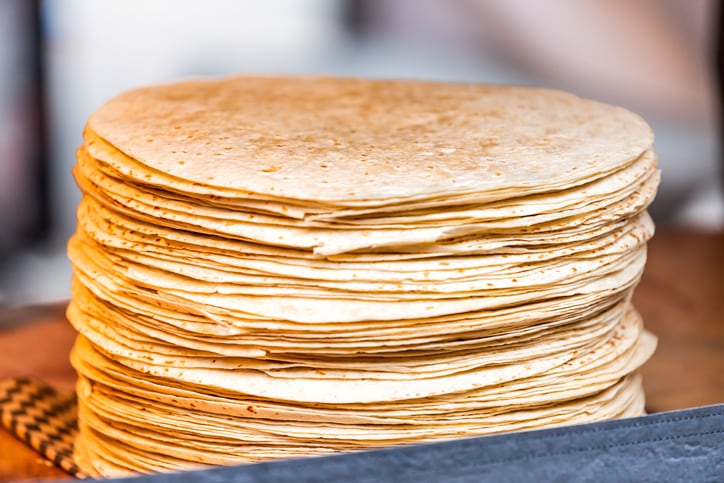Dioxins - a term which refers to two compound groups, polychlorinated dibenzo-p-dioxins (PCDDs) and dibenzofurans (PCDFs) - are unavoidable toxic byproducts that are created during certain thermal and industrial processes.
Both dioxins and PCBs persist in the environment for years and accumulate at low levels in the food chain, usually by building up in the fatty tissue of animals. Meat and fish are therefore significant sources of dioxin intake in the human diet.
According to the World Health Organization, 98% of human exposure to dioxin-like compounds comes from food, and exposure is linked to a number of health problems including thyroid dysfunction, cardiovascular disease, and cancer.
The citrus pulp crisis
Brazil’s citrus pulp crisis began in 1998 when German health authorities noticed that levels of dioxins in German dairy products were increasing.
The source of the contamination was finally traced back to citrus pulp pellets, bought from Brazilian feed suppliers and used as animal feed for German dairy cows. The scandal led to a 15-month ban on Brazilian citrus pulp imports and prompted the European Union to set maximum levels for dioxins in feed.
Given that the biggest source of dioxin exposure is food and the greatest concentrations are found in meat, this is worrying for Brazilians' health.
According to the Brazilian Institute of Geography and Statistics, meat is the third most consumed food in the country after rice and beans.
Despite this exposure, Brazil lacks an extensive monitoring program of the most consumed foods to determine dioxin intake, according to a review by researcher João Paulo Amorimde Lacerda from the Technological Research Institute of São Paulo, who searched data in major databases on published studies as well as official government online archives for legislation related to dioxins.
“Even though the official monitoring has grown in recent years, Brazil still does not have federal legislation stating the acceptable limits for dioxins in food categories, so the studies always take other references for comparison," he writes.
The lack of available data also means it is impossible to determine whether the Brazilian population is safe from exposure to these contaminants, according to de Lacerda.
However, a 2008 study found state found that dioxin levels in eggs bought in Rio de Janeiro were up to 10 times higher than the maximum residue levels established in the European Union (which were recently lowered to become even stricter).
De Lacerda is calling for a Total Dietary Survey and food monitoring program to assess the daily intake of several contaminants, not only dioxins.
“There is a lot to be understood about the environmental fate of POPs in Brazil, from stack emissions to blood concentrations […] but we still lack people and facilities in order to produce more scientific data.”
This is especially the case regarding new POPs such as brominated dioxins and furans, polybrominated diphenyl ethers and polychloronaphtalenes, he writes.
“To overcome this, more investments are needed. It is known that a country's development is directly proportional to its science strength. Unfortunately, the latter years were marked by drastic cuts in science in Brazil and by the dismantling of public universities.”
Source: Environment International
“The history of the dioxin issue in Brazil: From citrus pulp crisis to food monitoring”
Available online ahead of print, doi.org/10.1016/j.envint.2018.11.016
Author: João Paulo Amorimde Lacerda



